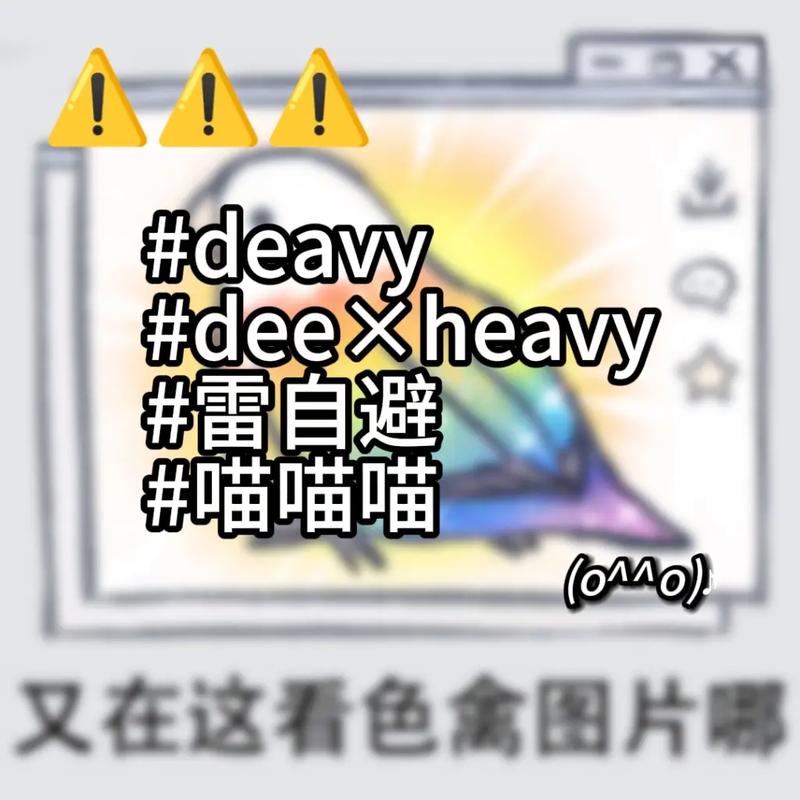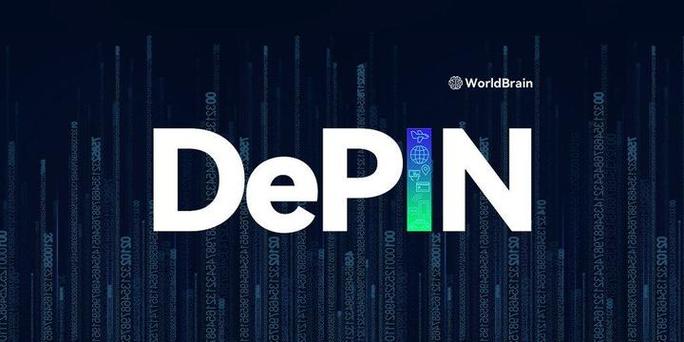
Decentralized Finance: A Deep Dive into ETH and BNB
Decentralized finance, or DeFi, has revolutionized the financial industry by leveraging blockchain technology to create open, transparent, and accessible financial services. Two of the most prominent cryptocurrencies in the DeFi space are Ethereum (ETH) and Binance Coin (BNB). In this article, we will explore the intricacies of these two digital assets, their roles in the DeFi ecosystem, and how they can be utilized for various financial activities.
Understanding Ethereum (ETH)
Ethereum is a decentralized platform that runs smart contracts: applications that run exactly as programmed without any possibility of downtime, fraud, or third-party interference. It was launched in 2015 by Vitalik Buterin, a Russian-Canadian programmer.

ETH is the native cryptocurrency of the Ethereum network and serves as the primary currency for transactions on the platform. Here are some key aspects of Ethereum:
- Smart Contracts: Ethereum’s most significant innovation is the ability to create and execute smart contracts. These are self-executing contracts with the terms of the agreement directly written into lines of code.
- Decentralization: The Ethereum network is decentralized, meaning that no single entity has control over it. This ensures that the network remains secure and transparent.
- Gas Fees: Transactions on the Ethereum network require gas, a unit of computational work. Gas fees are used to pay for the execution of smart contracts and the processing of transactions.
Table 1: Ethereum’s Key Features
| Feature | Description |
|---|---|
| Smart Contracts | Self-executing contracts with the terms of the agreement directly written into lines of code. |
| Decentralization | No single entity has control over the network, ensuring security and transparency. |
| Gas Fees | Transactions require gas, a unit of computational work, to pay for execution and processing. |
Exploring Binance Coin (BNB)
Binance Coin is the native cryptocurrency of the Binance exchange, one of the largest cryptocurrency exchanges in the world. Launched in 2017, BNB has become a versatile digital asset with various applications.
Here are some key aspects of Binance Coin:

- Exchange Utility: BNB can be used to pay for transaction fees on the Binance exchange, making it more cost-effective for users.
- Token Burn: Binance has implemented a token burn mechanism, which reduces the total supply of BNB over time, potentially increasing its value.
- Decentralized Finance (DeFi): BNB has gained popularity in the DeFi space, with several projects integrating the token for various financial activities.
Table 2: Binance Coin’s Key Features
| Feature | Description |
|---|---|
| Exchange Utility | BNB can be used to pay for transaction fees on the Binance exchange. |
| Token Burn | Binance has implemented a token burn mechanism to reduce the total supply of BNB over time. |
| DeFi | BNB has gained popularity in the DeFi space, with several projects integrating the token for various financial activities. |
Comparing ETH and BNB
While both ETH and BNB are popular cryptocurrencies, they have distinct characteristics and use cases. Here’s a comparison of the two:
- Market Cap: Ethereum has a higher market cap than Binance Coin, making it the second-largest cryptocurrency by market value.
- Network Purpose: Ethereum is primarily focused on creating decentralized applications and smart contracts, while Binance Coin is more centered around the Binance exchange and its ecosystem.



